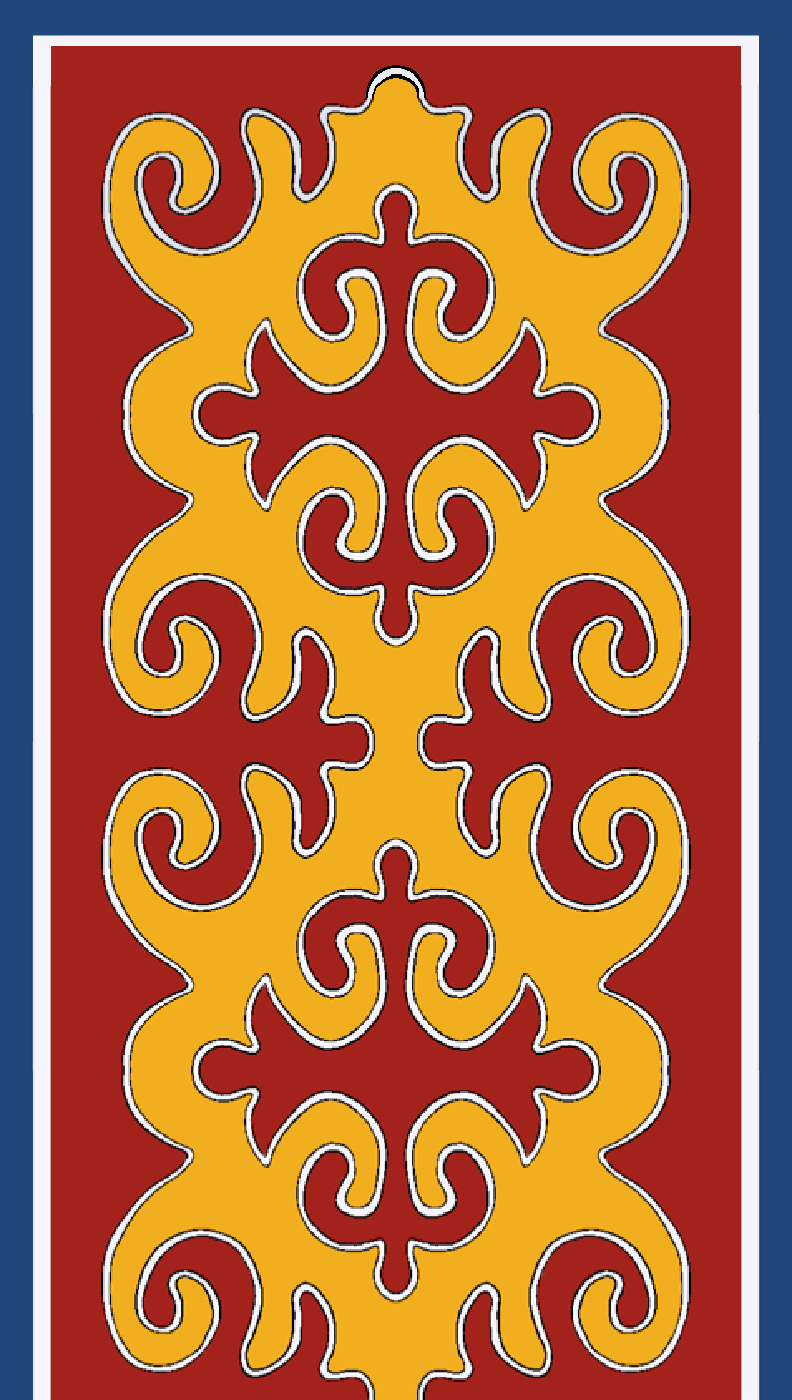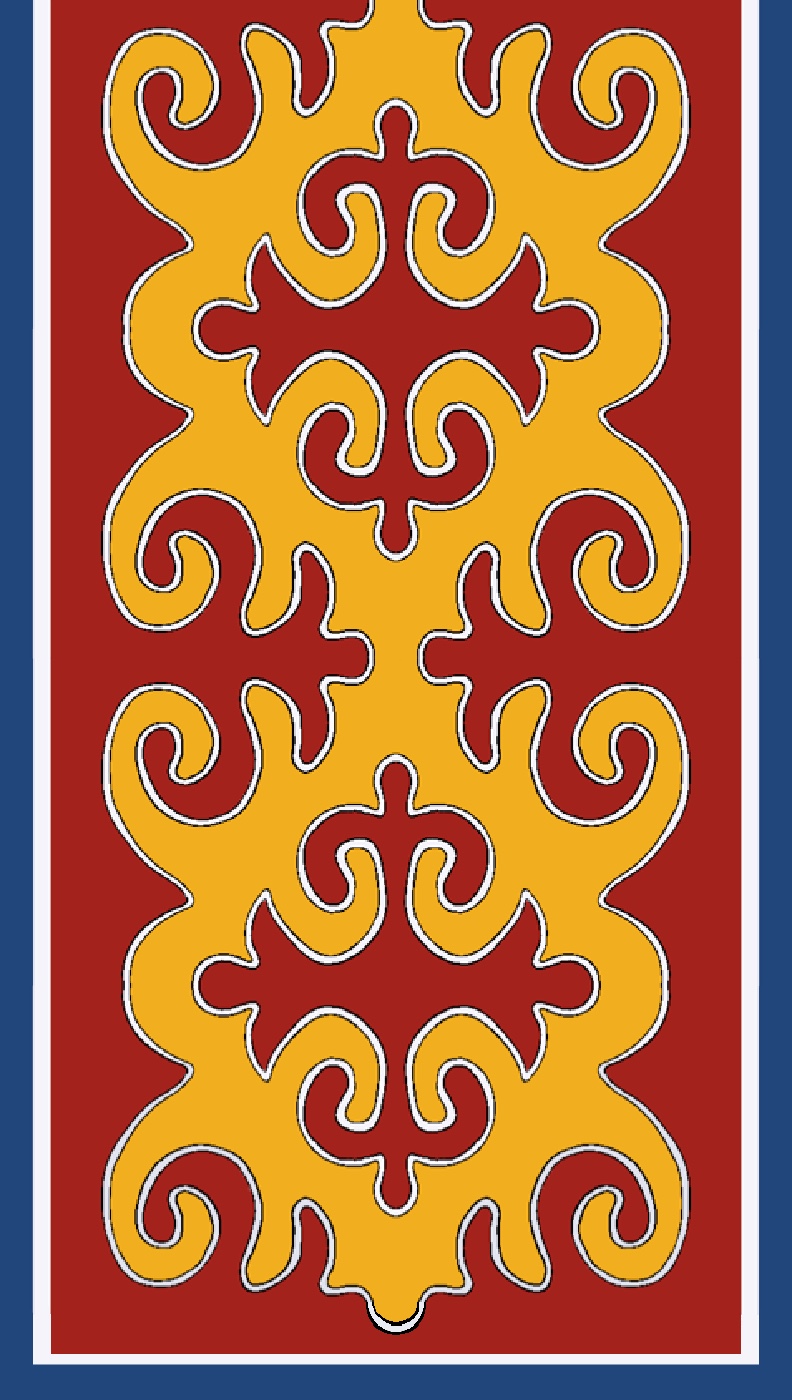HEAVENLY NOMADIC
"Unroll" our interview with Mirlan Abdykalykov, director of Kyrgyz film Heavenly Nomadic.
The first feature by director Mirlan Abdykalykov, Heavenly Nomadic, offers an intimate insight into the nomadic lifestyle of a family coping with loss and change. The film succeeds in alluring viewers with complex relationships and and ever-changing landscapes. In doing so, we find many Kyrgyz natives view the film in a tender and fond light, emerging Instagram and Tik Tok influencer, Janata Almazbekova, even borrows the film's name for her username. It is rare for Kyrgyzstan to be represented in Western media, and Heavenly Nomadic serves as an excellent bridge that paints a genuine Kyrgyz story, one of beauty, pain, and resilent strength.

click the corner to reset the page!
Created by Alex Wen and Alima Azamat

What was the idea behind the English translation of the film name?
Heavenly Nomadic was actually the first title of the script. “Heavenly” meant that the story takes place high in the mountains, among the clouds, so close to the sky, to heavens.
At the same time, this place, which is far from civilization, close to nature, above all down-to-earth problems such as politics, economics etc. seems to me as an unearthly, heavenly place. The other world with people who can be happy in it.
Why did you decide to center the story on a family in this way?
I wanted to show a micro-world of a family consisting of three generations.
The older generation, grandmother and grandfather, are the keepers of traditions and memory of ancestors, the middle generation, Shaiyr and Ermek, who respect traditions, follow them, but they also have their own dreams and want more freedom, and younger generation is represented by Umsunai and Ulan - are the hope of the older generation for the preservation and continuation of traditions.
The concept of hope, however, is very fluid and unpredictable. Ulan is the personification of the disappearance of traditions with the advent of progress and globalization, while Umsunai continues what was laid in her mind by her grandfather.
How does the landscape function in your film?
Wide open spaces, greatness of mountains, forces of nature are like characters of the film. It is not just a background where the family of nomads lives, there is powerful interaction among them.
Ancestors are shown to be central to the Kyrgyz people. How did you, as a filmmaker, decide to portray the heavy influence that ancestors have in the film?
Initially Kyrgyz people believed that souls of the dead ancestors patronize, protect, thus they applied to ancestors, when they prayed and asked for the welfare. This belief and ancestor cult existed before Islam arrival, and still exists.
Kyrgyz people always lived in harmony with nature and they believed that everything has a soul, including earth, water, animals etc.
In the film we see how Shaiyr applies and bows to the moon. My mother still makes this ritual each time she sees young moon, she bows, greets the moon and asks for welfare.
In Islam it is regarded as a sin, all the pagan traditions that Kyrgyz people had are regarded as a sin. Here I have a conflict in my comprehension. On one hand I understand that there should be development, progress, new religions and studies arrive, but on the other hand I think that some traditions and beliefs should be kept as they are natural for us, organic and harmonious, and I don’t regard them as vestiges of the past, and moreover, I think it could be a future for humanity: to live in harmony with nature.
What relationship do you see between film and documentary? Why was it important that is it a narrative film and not a documentary? Did you draw from the documentary form?
This semi-documentary style is very close to me.
I try to make as much naturalistic and realistic as possible, like in real life, because I think this way I can achieve maximum immersion in story.
What was your inspiration for Heavenly Nomadic? Why were you compelled to share this story?
The story of Heavenly Nomadic was written by my father Aktan Arym Kubat and Kyrgyz film director Ernest Abdyjaparov. The producer Sadyk Sher-Niyaz was ready to support the project, and they gave me opportunity to make my debut feature film.
I liked the background of the story: this small world of nomads living far from civilization surrounded by spectacular landscapes, preserved purity of traditions of Kyrgyz people, harmony of man and nature.
I liked the characters of the story: three generations and relationships between each of them, woman as a protagonist: so strong and so fragile at the same time. But first of all, for me it was a big challenge and responsibility.
Your father also produced his own films. Did he influence your own style and inspirations in your own work? What did you learn and reject from your father?
Of course my father influenced my style. I was acting in his films since my childhood, I was always at the set, later worked with him as an assistant.
He is my teacher. Watching him at work, I absorbed everything, learned and was inspired. I can say that I got raised on the set of my father’s films. Heavenly Nomadic is my first feature and the script was written by my father, I think it is natural that my style reminds my father’s films.
However, I’m searching my own style as well, I hope after some experience I will come to my own style. My second film Running to the Sky was made more independently. It was my own script and I had opportunity to raise more topics that excite me.
At the same time I’d like to use the approaches to work that I learned from my father: thoroughness, the purity of every shot, the way he works with non-professional actors.
Who are your other film influences?
Some people see parallels between my film and “The Sky of Our Childhood” by Tolomush Okeyev. I agree that the conflict raised in this classic film is also partly regarded in my film, but it is not the central conflict, and the parallel was not intentional.
Were there any obstacles in getting funding for the film or in the distribution of the film? What does that look like for a Kyrgyz film?
It was a very low-budget film and we had some financing from the producer Sadyk Sher-Niyaz. When the film was premiered at Karlovy Vary International Film Festival, we found the world distributor who was in charge for further promotion and distribution. There were no big obstacles during the production as well. I regard it as a good sign.
Do you have any upcoming projects?
Yes, I would like to devote my next film to the topic of violence against women and bride kidnapping.
The story is about 19 years old girl Umsunai who was abducted for the purpose of marriage and all her plans for the future, dreams etc. were ruined in one moment.
I think today this topic becomes more and more actual in Kyrgyzstan, unfortunately, but most voices of victims remain unheard. I would like also pay attention to the fact how the crime is hidden under so-called tradition of bride kidnapping in Kyrgyzstan.
If you could share a message from your films to English audiences, what would that be?
With my film, I would like to share several messages.
First is to show that there is one more species (representative/member), I wouldn’t like to use the word “nation”, on the map of bio-cultural diversity: Kyrgyz people, who have ancient history, rich culture, many traditions, own language.
Second is to attract attention to the problem of the destructive power of civilization, when humanity intervenes, breaks in, uses nature, sometimes not seeing boundaries or not knowing when to stop... I want everyone to think about how much they need the charms of civilization for true happiness and what sacrifice the nature should make.

